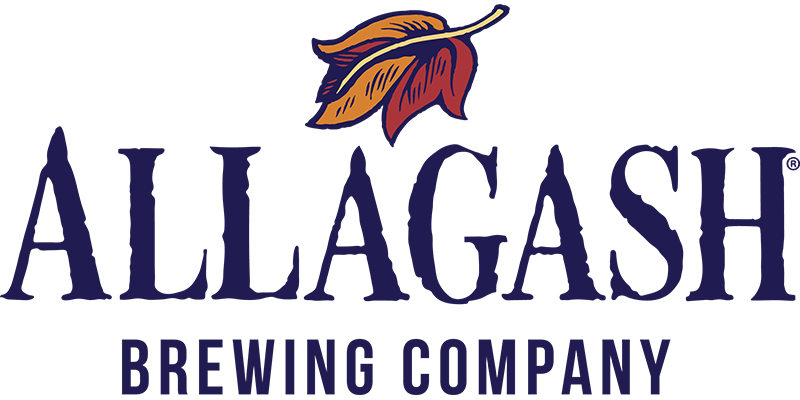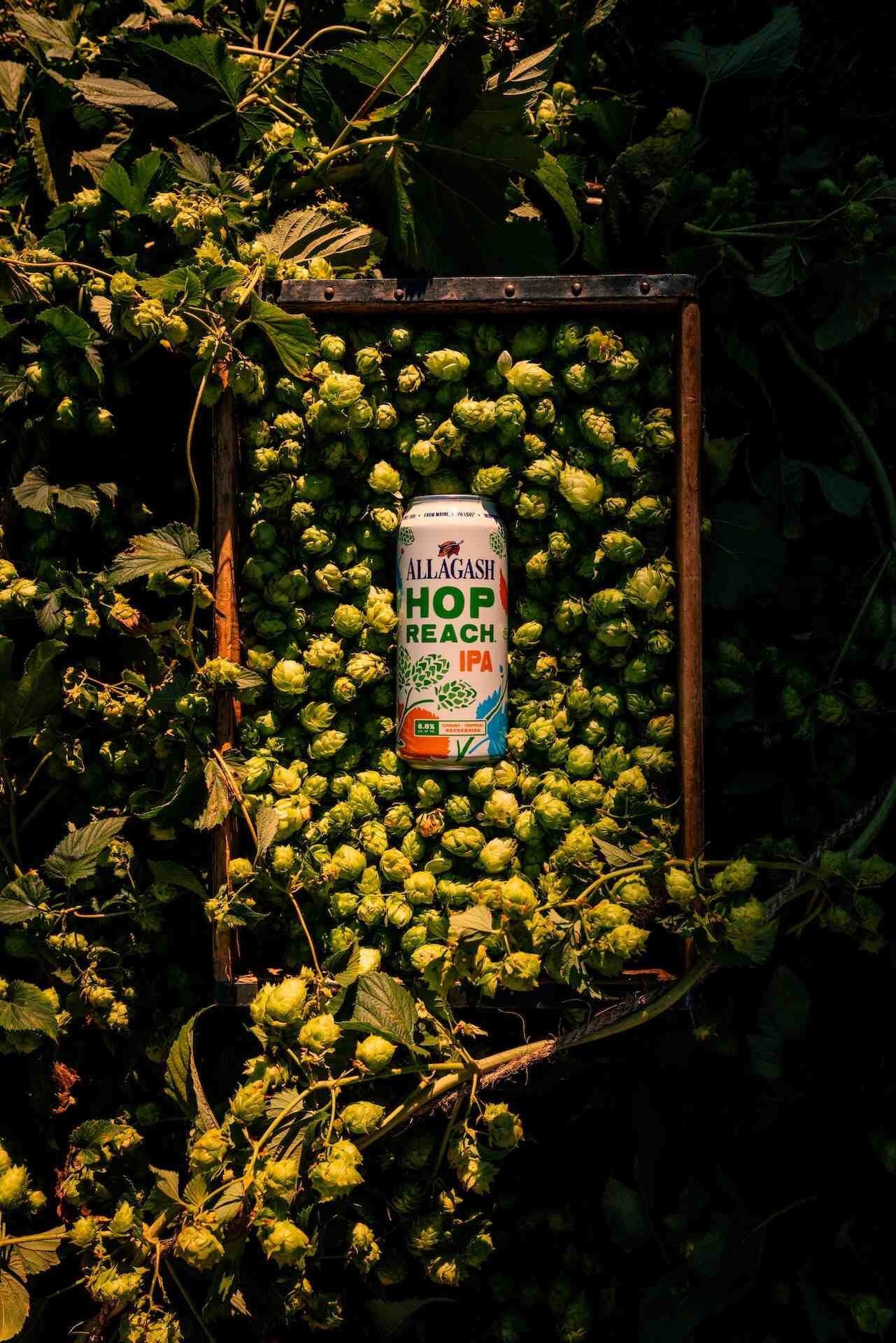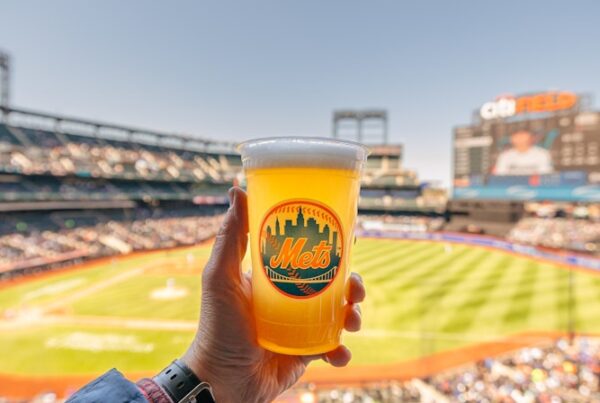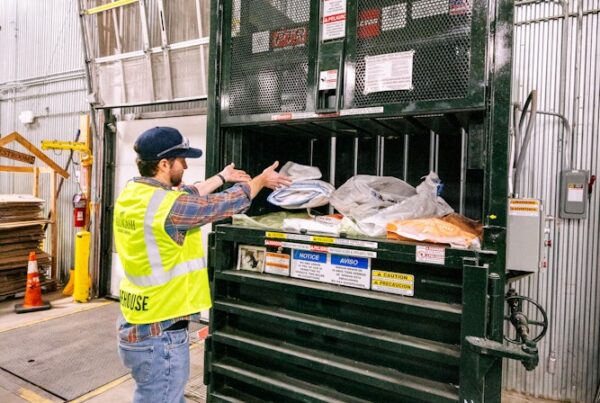Pale ale and IPA (historically called India Pale Ale) are two of the most well-known beer styles. Despite similar names, in reality they are part of an extremely diverse group in the pale ale family that have significant overlapping characteristics.
How do they taste?
The key flavor profile in most modern pale ale and IPA styles comes from hops, which themselves have a wide range of characteristics. Hops can be herbal and peppery, have notes of grapefruit and pine, intense tropical fruit notes like melons and pineapple, or even flavors like vanilla! In addition to prominent hop flavors like these, you can expect a pale golden to amber color with a subtle bready malt flavor. With such a broad array of flavors, if you think you’re not a fan of pale ales, there’s a good chance that there’s one out there for you.
Pale Ale vs IPA
The Key Differences
Generally speaking, the main differences between pale ale and IPA is that IPAs will have bigger hop flavors and slightly higher ABV (alcohol by volume). Pale ales will usually be between 4.5 – 6.2% ABV, where IPAs will usually sit somewhere between 5 – 7.5% (or more for a double IPA, 7.5 – 10.0%). IPAs may also be slightly more bitter, but there is a wide range here. Overall pale ales tend to be slightly more balanced by malt flavors like biscuit and bread, with possibly a touch of caramel.
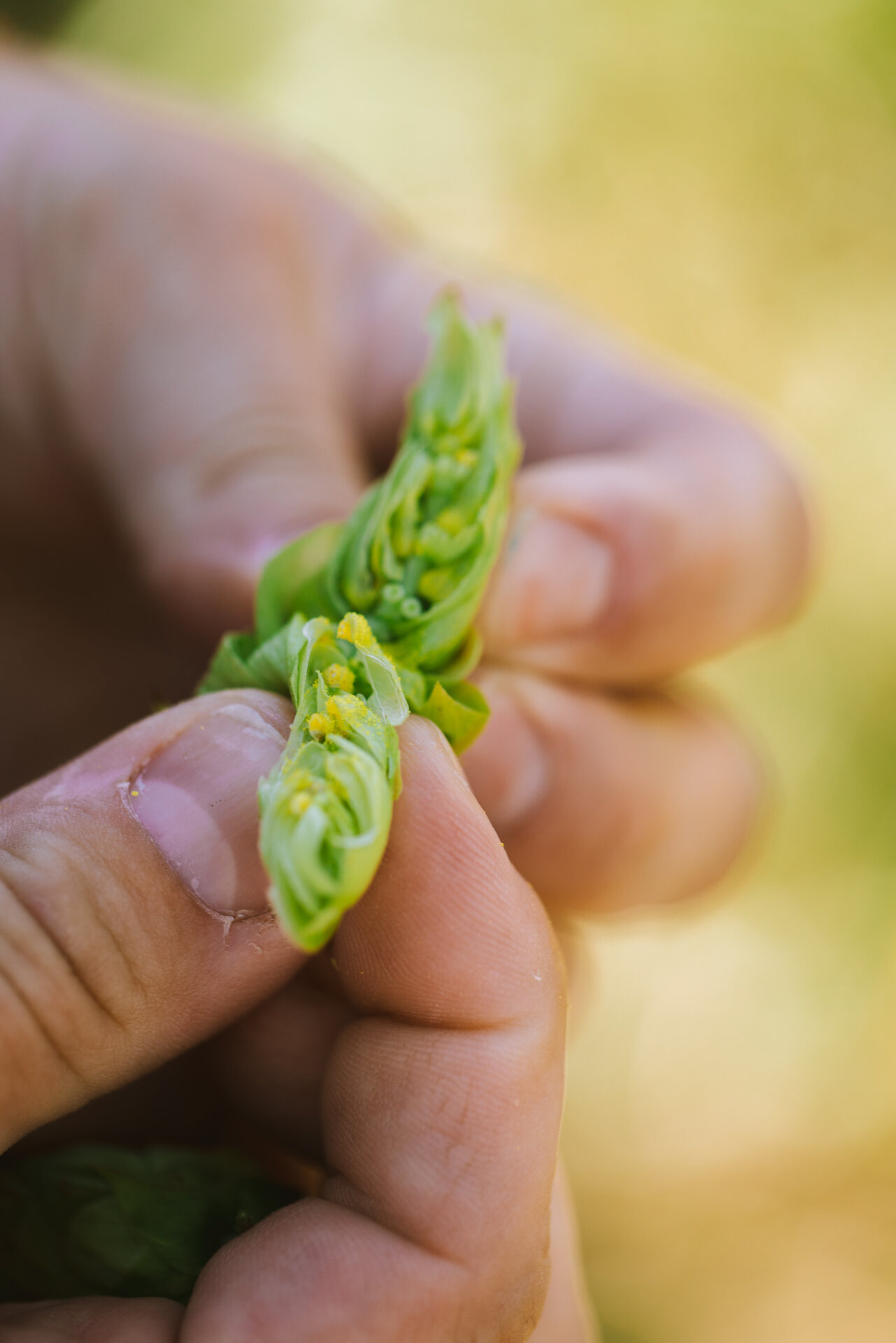
A Hoppy History
But let’s step back a bit and see where these styles came from. Back in the 1700’s, British pale ales hit the scene first. Once maltsters figured out how to kiln a pale malt—kilning is the process of drying malts to various moisture levels, changing the beer’s appearance and flavor—“pale ales” of all different varieties sprang up. The term India Pale Ale wasn’t coined until roughly 1830 when newspapers first mentioned “East India Pale Ale,” which were pale “stock” ales shipped from Britain to India. These historical beers bear little resemblance to what we consider IPAs today. They were often strong, aged beers where the bright hop flavors we think of now would be long gone. The preservative qualities of the extra hops did help the beer make the long journey across the sea though!
Examples of Pale Ales and IPAs
Nowadays, there are numerous different subcategories of pale ales and IPAs and many more unofficial styles. In fact, since modern IPAs haven’t made the ship ride to India (and some aren’t even pale), the recent BJCP 2021 style guidelines intentionally don’t spell out India Pale Ale anymore—it’s just called an “IPA” now.
Some of the most common pale ale and IPA styles are:
American Pale Ale – Example: Sierra Nevada Pale Ale, Half Acre Daisy Cutter
English Pale Ale or “Bitters” – Example: Geary Brewing Co. Original Pale Ale
American IPA – Example: Maine Beer Company Lunch, Allagash Hop Reach
English IPA – Example: Harpoon IPA
Hazy IPA – Example: Bissell Brothers The Substance, The Alchemist Heady Topper
Double IPA – Example: Russian River Pliny The Elder
Black IPA – Example: Stone Brewing Sublimely Self-Righteous
White IPA – Example: MadTree Brewing Luna Lux
